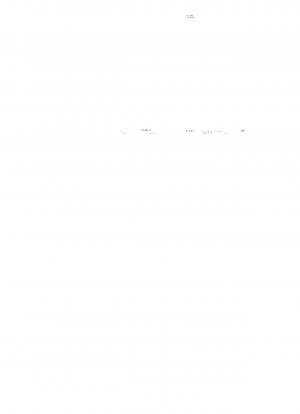ISO 19143:2010
Geographic information - Filter encoding
- Standard No.
- ISO 19143:2010
- Release Date
- 2010
- Published By
- International Organization for Standardization (ISO)
- Latest
- ISO 19143:2010
- Scope
- This International Standard describes an XML and KVP encoding of a system neutral syntax for expressing projections, selection and sorting clauses collectively called a query expression. These components are modular and intended to be used together or individually by other standards which reference this International Standard. EXAMPLE 1 ISO 19142 makes use of some or all of these components. This International Standard defines an abstract component, named AbstractQueryExpression, from which other specifications can subclass concrete query elements to implement query operations. This International Standard also defines an additional abstract query component, named AbstractAdhocQueryExpresison, which is derived from AbstractQueryExpression and from which other specifications can subclass concrete query elements which follow the following query pattern: An abstract query element from which service specifications can subclass a concrete query element that implements a query operation that allows a client to specify a list of resource types, an optional projection clause, an optional selection clause, and an optional sorting clause to query a subset of resources that satisfy the selection clause. This pattern is referred to as an ad hoc query pattern since the server is not aware of the query until it is submitted for processing. This is in contrast to a stored query expression, which is stored and can be invoked by name or identifier. This International Standard also describes an XML and KVP encoding of a system-neutral representation of a select clause. The XML representation is easily validated, parsed and transformed into a server-specific language required to retrieve or modify object instances stored in some persistent object store. EXAMPLE 2 An XML encoded filter can be transformed into a WHERE clause for a SQL SELECT statement to fetch data stored in a SQL-based relational database. Similarly, and XML encoded filter expression can be transformed into an XPath or XPointer expression for fetching data from XML documents. This International Standard defines the XML encoding for the following predicates. a) A standard set of logical predicates: and, or and not. b) A standard set of comparison predicates: equal to, not equal to, less than, less than or equal to, greater than, greater than or equal to, like, is null and between. c) A standard set of spatial predicates: equal, disjoint, touches, within, overlaps, crosses, intersects, contains, within a specified distance, beyond a specified distance and BBOX. d) A standard set of temporal predicates: after, before, begins, begun by, contains, during, ends, equals, meets, met by, overlaps and overlapped by. e) A predicate to test whether the identifier of an object matches the specified value. This International Standard defines the XML encoding of metadata that allows a service to declare which conformance classes, predicates, operators, operands and functions it supports. This metadata is referred to as Filter Capabilities.
ISO 19143:2010 Referenced Document
- ISO 19108:2002 Geographic information - Temporal schema
- ISO 19125-1:2004 Geographic information - Simple feature access - Part 1: Common architecture
- ISO 19136:2007 Geographic information - Geography Markup Language (GML)
ISO 19143:2010 history
- 2010 ISO 19143:2010 Geographic information - Filter encoding
